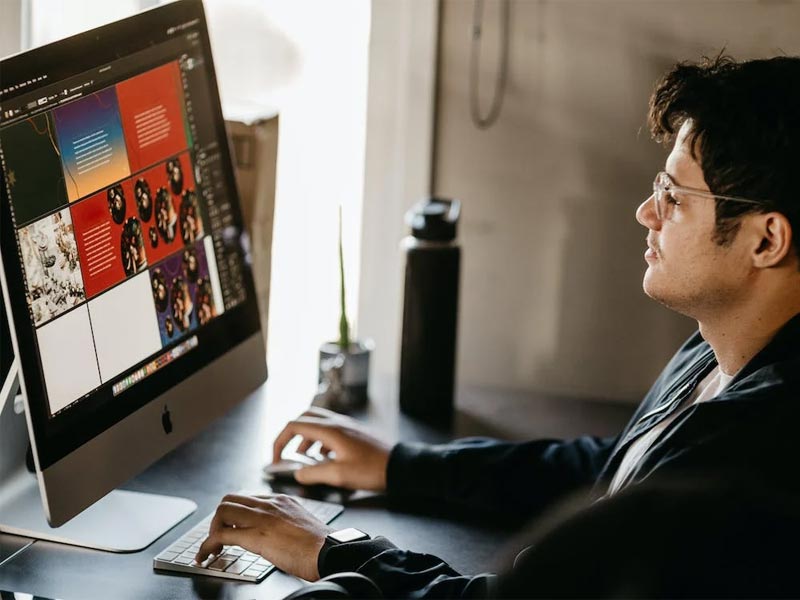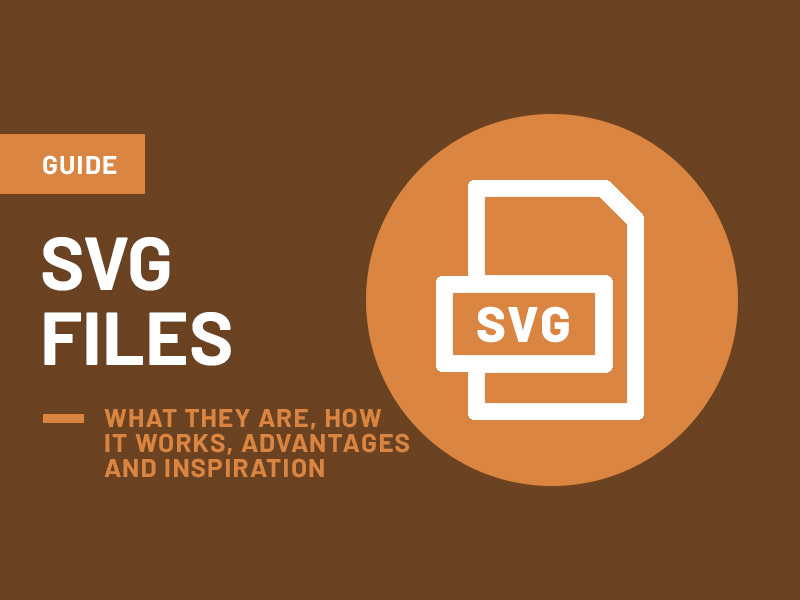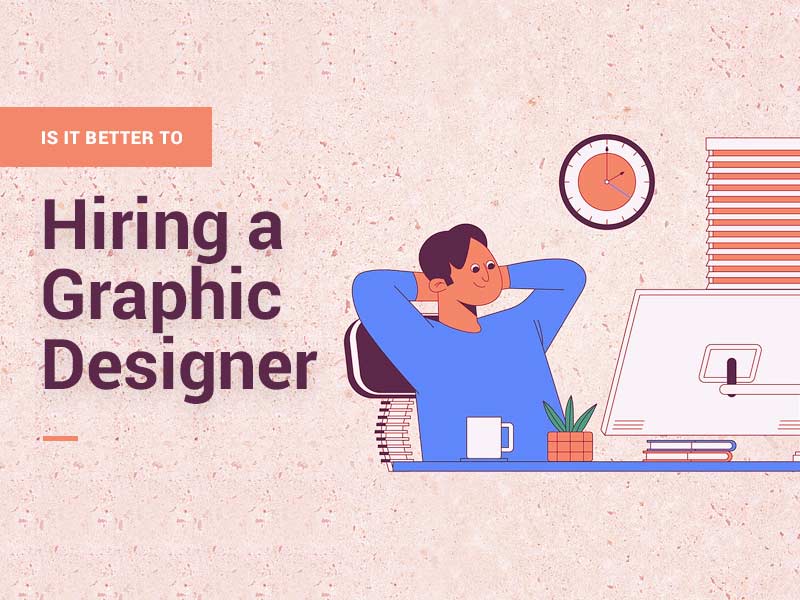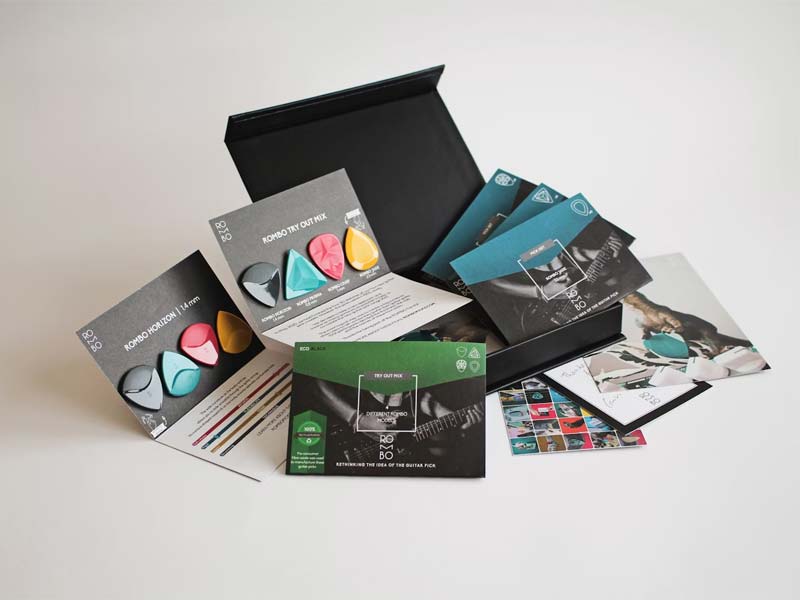In this era where technology has streamlined numerous tasks, the title of a graphic designer seems attainable for everyone. Free design tools like Canva and Adobe Photoshop contribute to this accessibility. Yet, a substantial gap separates these self-styled designers from the expertise of professional graphic designers.
Striving to enhance your graphic design abilities should be an ongoing aspiration for those aiming for a professional caliber. Similar to other professions, improvement is achievable. Despite the ever-evolving technology and design methodologies that challenge graphic designers, achieving excellence remains feasible. Here are five practical pointers to continuously elevate your graphic design skills.
Sign Up for Graphic Design Classes
If you are genuinely interested in graphic design, then you know it involves much more than just putting elements together and settling for what appeals to the eye. It is useful to understand the theory and basics of graphic design before going deeper, and you can only earn this by attending classes. The American International College offers graphic design courses to help you understand concepts like color theory, golden ratio, and typography. This is where the value of education is evident. With a good understanding of design principles, you can appreciate the theories and science better.
Use Professional Tools
Investing in industry-standard tools like Adobe Creative Cloud can greatly improve the quality and efficiency of your work, even though it may be tempting to rely on familiar or free software. Professional tools provide bigger features, sophisticated capabilities, and seamless integration, allowing you to bring your creative concepts to reality more successfully. Mastering these programs, whether Adobe Photoshop for image processing, Illustrator for vector graphics, or InDesign for layout design, broadens your skill set and ensures conformity with industry standards.
Know Your Weaknesses
You cannot get better if you don’t know what you want to improve. Assess your skill set to pinpoint areas of strength and areas that may require improvement. Reflect on the skills you currently possess, those that could benefit from refinement, and the skills you have yet to acquire but could prove advantageous. Also, make sure you measure progress while working on your skills. Set short- and long-term goals and a timeline for achieving them.
Seek Constructive Feedback
Dealing with criticism can be draining emotionally, but feedback is necessary if you want to improve. How you respond to a customer’s feedback can determine whether they come back for more projects and how long it takes to get work done.
Feedback can make you more attentive to small details that you may have previously ignored. Feedback does not have to come from clients alone. You can join online design communities, participate in forums, and connect with fellow designers. There are platforms that are excellent for showcasing your work and receiving feedback from the design community.
Experiment
You can only know what you are good at and what works best if you try out different design ideas. This could include new media, techniques, and skills. Rather than adhering to consistent fonts, layouts, colors, or design tools for every project, try venturing into new territories to assess their efficacy. While this may result in a mess at times, it occasionally leads to a stroke of brilliance. Experimentation serves as a means to gauge the progression of your skills.
Endnote
Graphic design, often perceived as straightforward for beginners, is, in reality, an art form requiring practice and unwavering dedication, similar to other art forms. Honoring your tools and skills is vital to thrive professionally and continue evolving. As your expertise advances, you can capitalize on your skills, reaping the rewards of the time and commitment invested in improvement.







